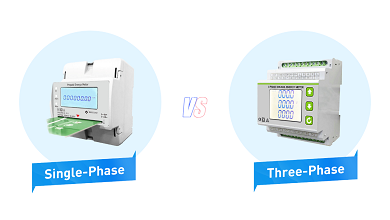
3 Differences Between Single Phase And Three Phase Energy Meter
When choosing an energy meter, you may want to know the difference between single phase and three phase energy meter.
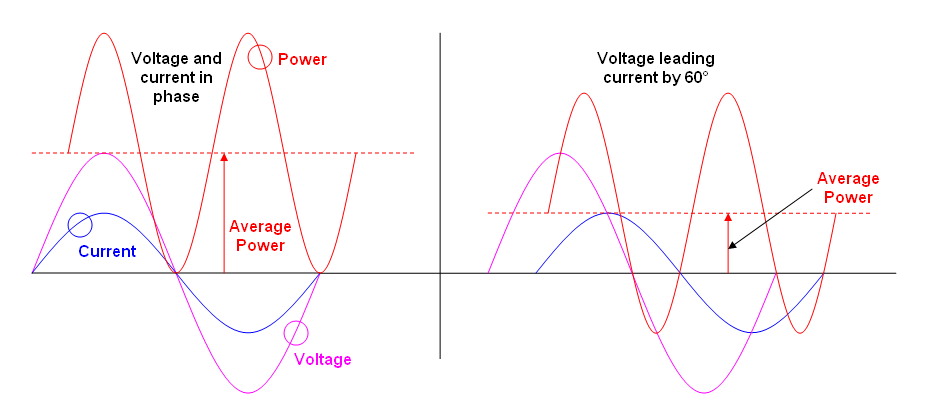
A bidirectional energy meter is an electronic energy meter designed to measure the flow of energy in both directions. Traditional electricity meters are mainly used to record the direction of power flow from the grid to users, but bidirectional electricity meters have the ability to measure both the forward and reverse flow of energy at the same time. This makes bidirectional meters an indispensable tool in distributed energy systems, particularly suitable for integrating renewable energy sources such as solar and wind.
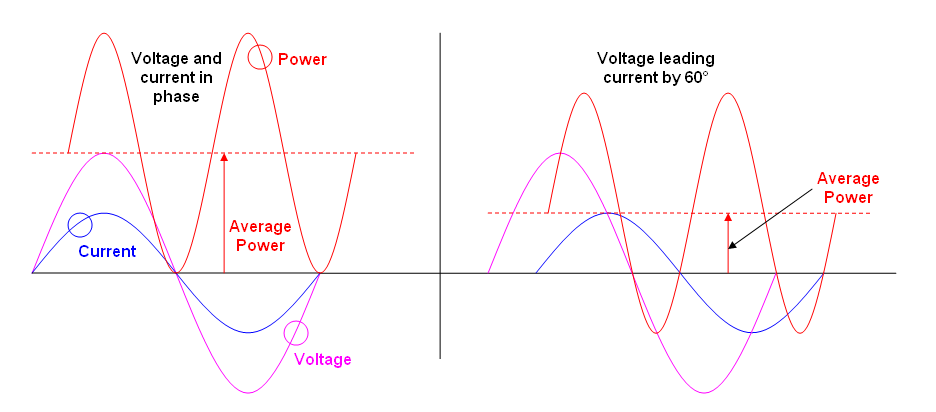
Net metering design: Bidirectional meter works on a principle called net metering design. This means that the meter has the ability to measure the direction of energy flow. Traditional electricity meters can only measure the one-way flow of energy, while the bidirectional electric meter can measure the forward and reverse flow of energy at the same time through a net metering design, achieving true two-way metering.
Separate measurement of active energy and reactive energy: The two-way electricity meter has independent registers for measuring the inlet of active energy (user consumption) and the outlet of active energy (user power generation). This separate measurement design enables the meter to accurately record the user’s energy consumption and renewable energy generation, providing detailed data support for subsequent energy management.
Measurement of the reactive energy quadrant: In addition to the measurement of active energy, the two-way meter also includes the measurement of the reactive energy quadrant, which is divided into four quadrants (QI, QII, QIII, QIV). Measurements for these quadrants are based on International Electrotechnical Commission (IEC) standards and are identified using Object Identification System (OBIS) codes. This design enables the meter to fully understand the quality and flow of energy, further improving measurement accuracy.
DLMS/COSEM protocol: The working principle of the two-way electricity meter is based on the DLMS/COSEM protocol, which is an international standard for electricity meter communication. The protocol defines a unified object recognition system and communication specifications so that electricity meters can effectively interact with other devices, thereby enabling remote monitoring and management.
Bidirectional kwh meter provides users with the ability to monitor energy usage in real time. Traditional electricity meters can only record total energy consumption, while bidirectional electricity meters can measure users’ energy consumption and renewable energy generation separately. This transparency enables users to more fully understand the flow of energy, allowing them to make smarter decisions about electricity usage.
For users, two-way energy meters offer the unique advantage of being able to monitor their energy usage more effectively. By understanding energy consumption and power generation status in real time, users can make electricity plans based on peak and valley electricity prices, thereby avoiding electricity use during peak hours and saving energy costs.
The bidirectional energy meter is designed to accurately measure electricity generation from renewable energy sources and seamlessly integrate it into the grid. This integration helps maximize the utilization of renewable energy sources such as solar energy and wind energy in distributed energy systems, and provides support for the large-scale application of clean energy.
For power companies, two-way meters bring billing accuracy. Traditional electricity meters are often unable to distinguish between users’ energy consumption and self-generated electricity, resulting in inaccurate billing. The two-way electricity meter can accurately record the user’s net electricity consumption, providing the power company with a more reliable data basis and ensuring that the user pays according to actual energy consumption.
Bidirectional electricity meters play a key role in sustainability. By promoting the integration and efficient use of renewable energy, bidirectional energy meters drive the energy industry in a more sustainable direction, reducing reliance on traditional energy sources, reducing greenhouse gas emissions, and contributing to environmental sustainability.
There are many applications for bidirectional energy meter. Only the common 3 applications are introduced in the following:
A distributed photovoltaic power station is a system that converts solar radiation into electrical energy through solar photovoltaic panels. In this area, the application of bidirectional electricity meters is crucial. First, this bi directional meter for solar enables precise measurement of the electricity produced by photovoltaic power stations, ensuring that the contribution of renewable energy is fully recorded. Secondly, bi directional meter solar can inject excess electricity into the grid to achieve two-way energy flow and promote the integration of clean energy. This application enables photovoltaic power plants to make a substantial contribution to the grid, achieving self-sufficiency and sustainable development.
In wind energy systems, bidirectional meters also play a key role. Wind energy systems convert wind energy into electricity through wind turbines, and bidirectional meters are responsible for accurately measuring the amount of electricity generated by the wind energy generators. By monitoring the power generation of the wind energy system in real time, the two-way electricity meter can help users plan their electricity usage plans appropriately to ensure maximum utilization of wind energy. At the same time, excess electricity can also be injected into the grid through a two-way meter, injecting more clean energy into the grid and promoting the sustainable development of the wind energy system.
Battery energy storage systems play a key role in storage and peak shaving in renewable energy systems. The combination of two-way electricity meters and batteries forms a more intelligent energy management system. First, the two-way meter provides users with real-time energy data by accurately measuring the charge and discharge of the battery. Secondly, the two-way electric meter can reasonably control the charge and discharge of the battery according to the needs of the power grid to achieve flexible support for the power system. This application not only improves energy utilization efficiency, but also provides higher stability and reliability to the power system.

When choosing an energy meter, you may want to know the difference between single phase and three phase energy meter.
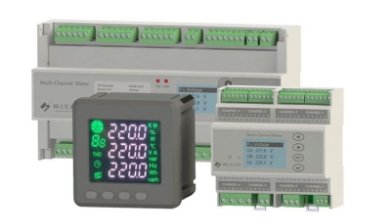
Energy meter plays a pivotal role in our modern
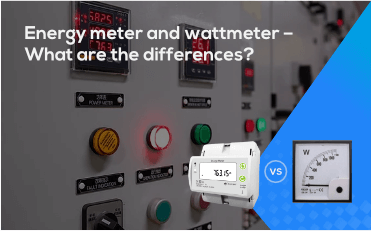
Abstract: What are the differences between an energy meter




